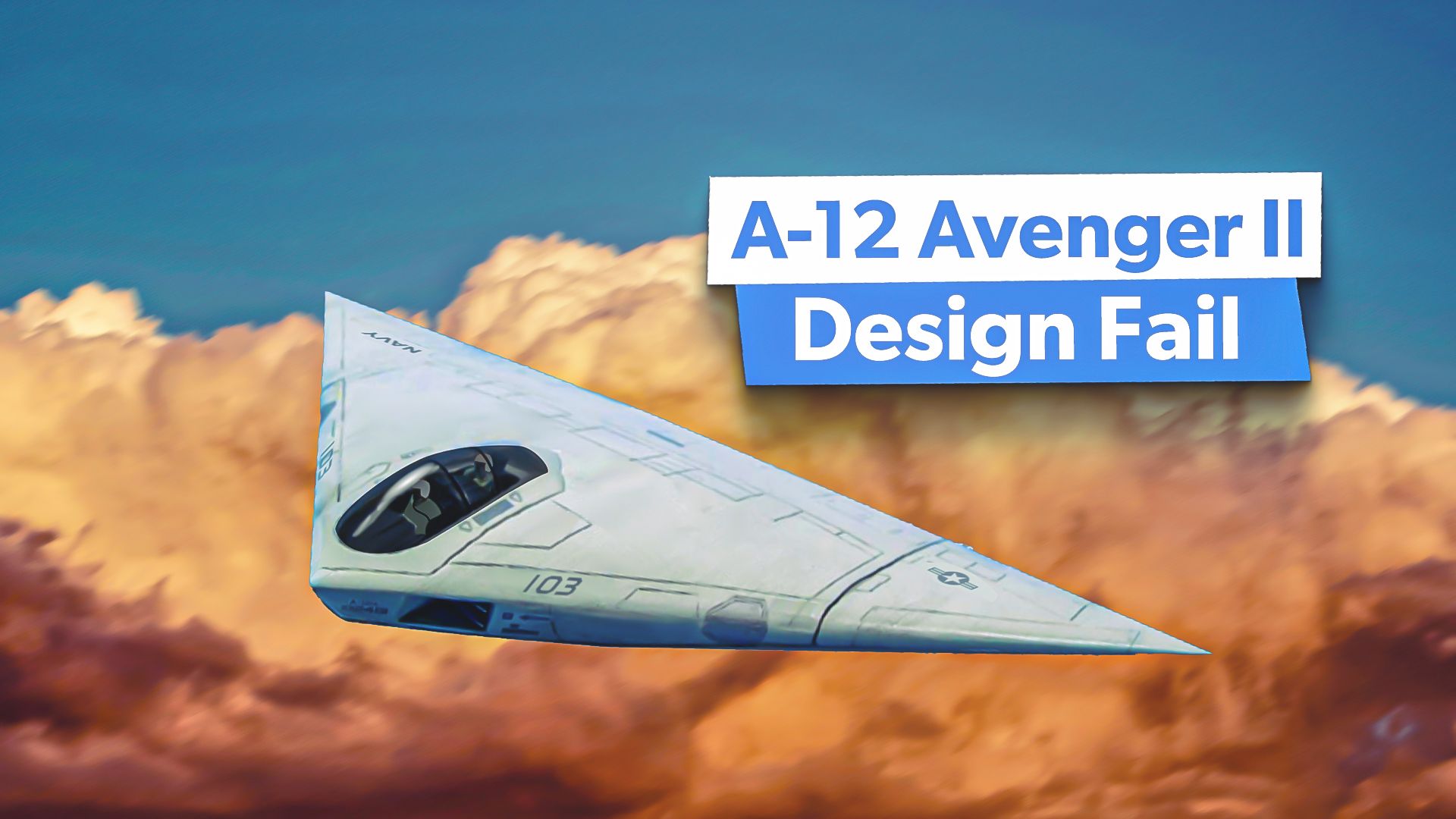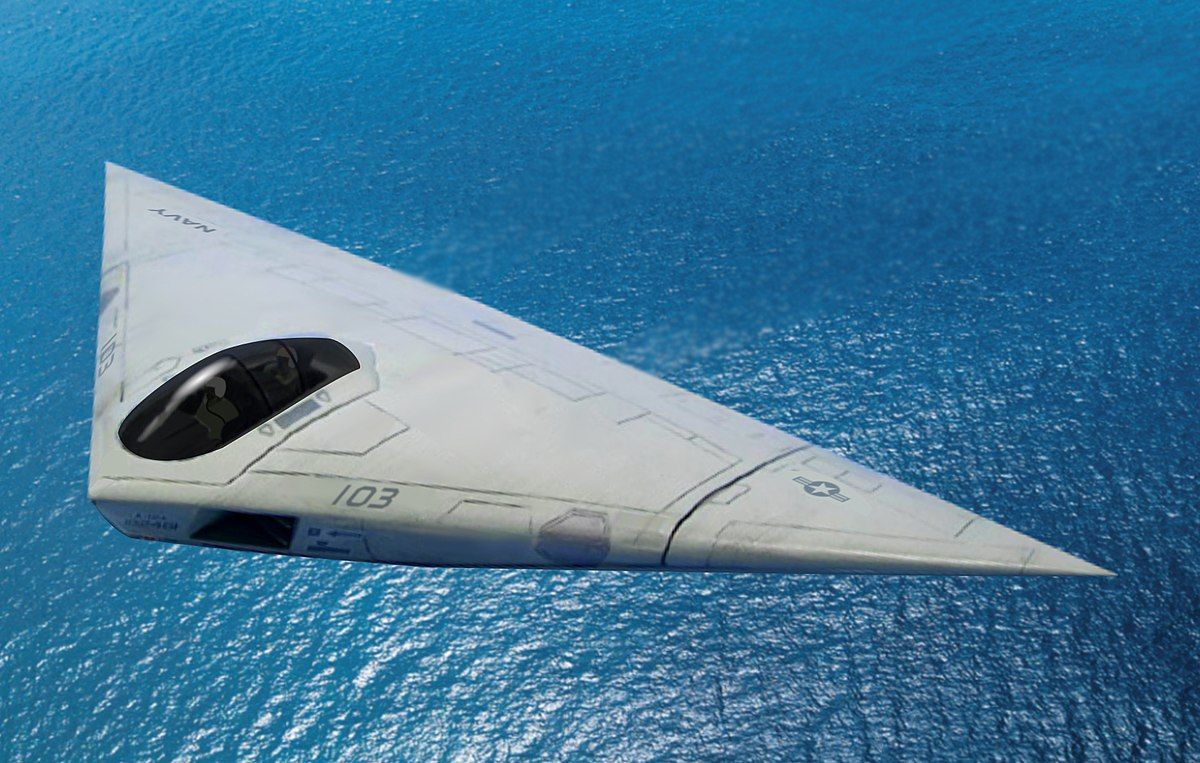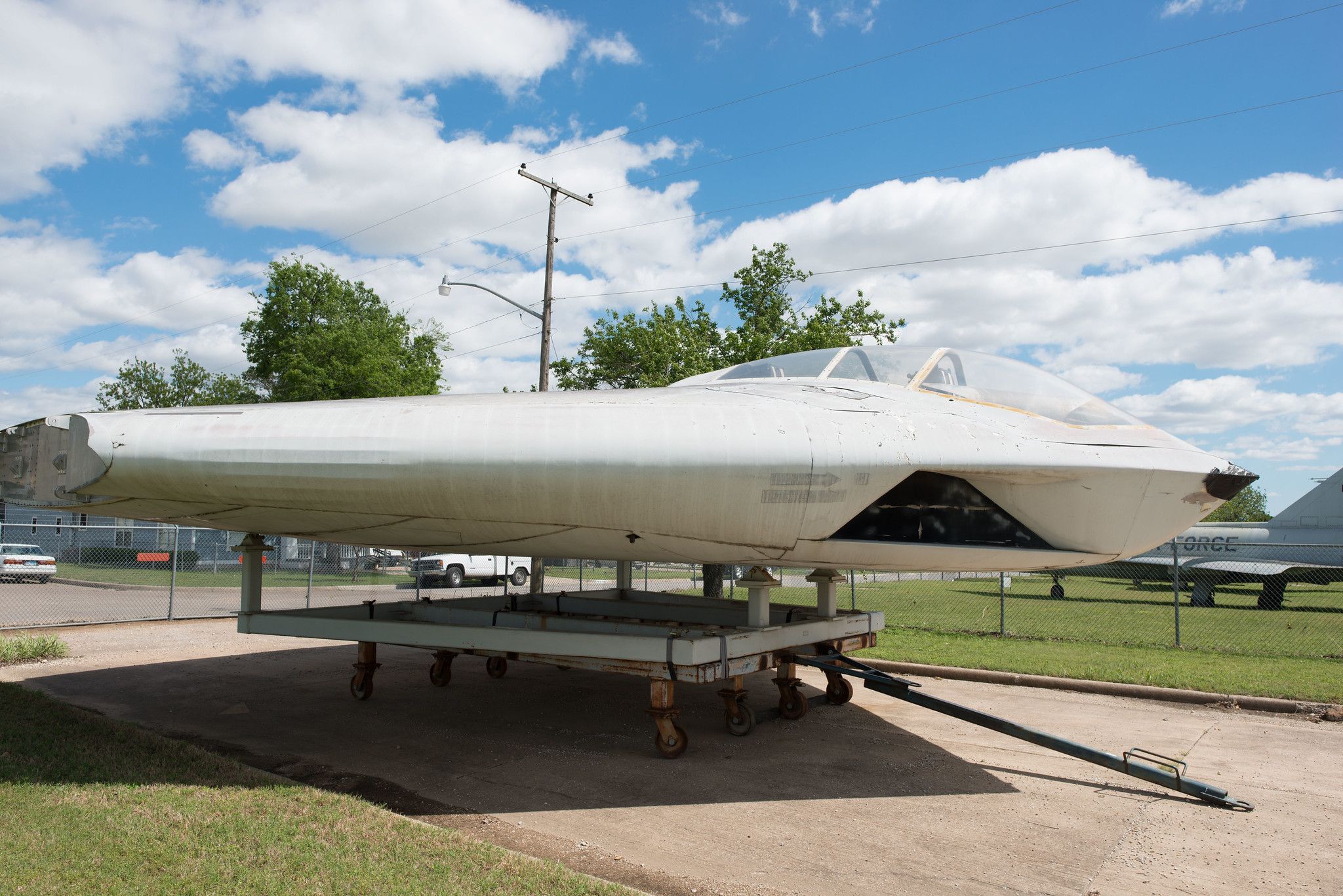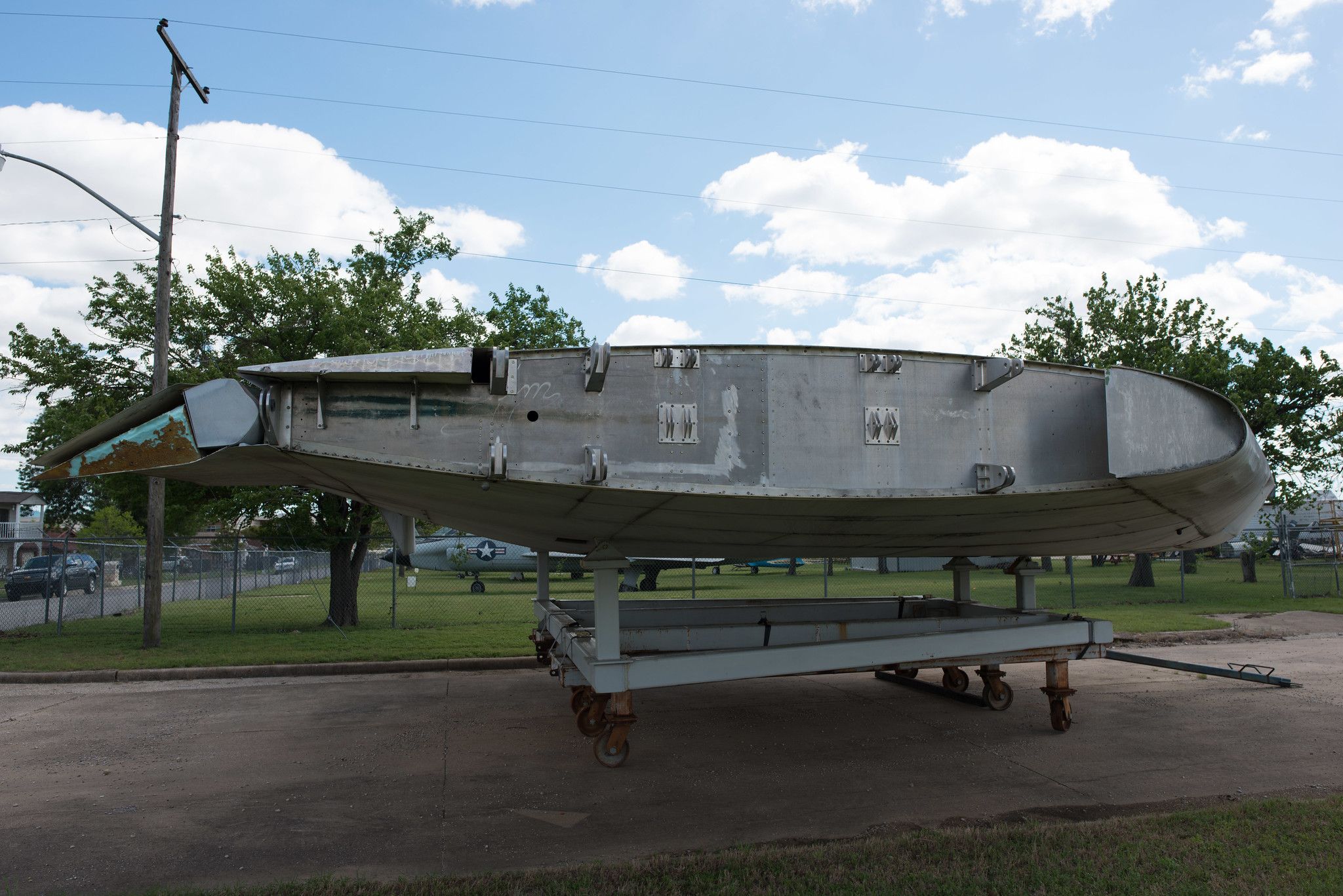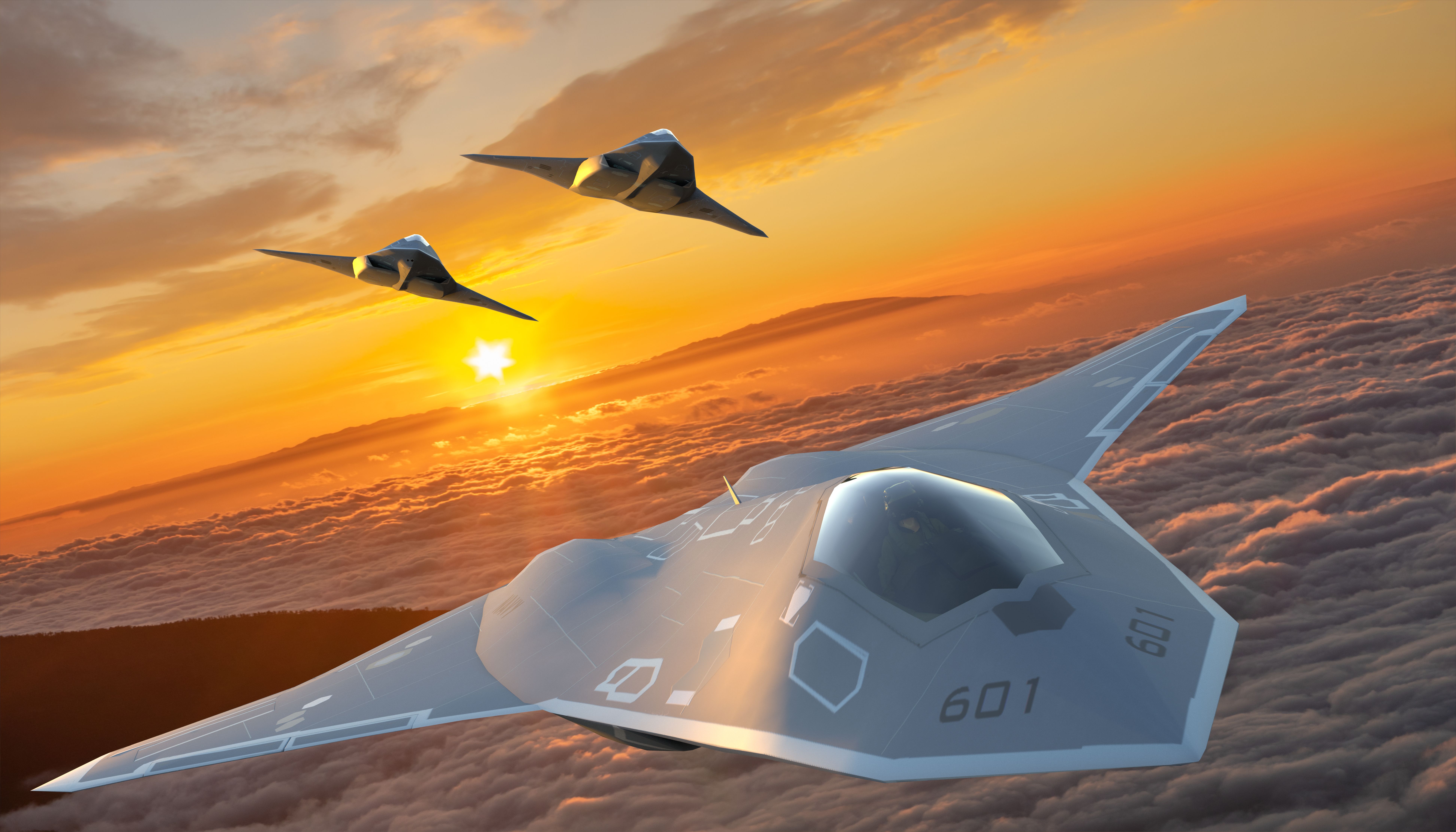Summary
- A-12 Avenger II was a futuristic carrier-based bomber with a unique design and cost inefficiencies.
- Project cancellation in 1991 led to extensive litigation and was the largest cancelation in US Defense Department history.
- The failure of A-12 highlights challenges in military technology development and the risks of excessive cost overruns.
Developing all-new, cutting-edge fighter jets is hard and expensive. In the wake of the collapse of the USSR, the US prematurely cut many of its expensive programs, like the B-2 Spirit and the F-22 Raptor. However, while those were canceled early, the A-12 Avenger II was canceled before it ever got off the ground. The eye-catching A-12 Avenger II became known as a symbol of procurement failure from excessive cost overruns and strategic misalignments.
The futuristic carrier-based bomber that wasn’t
The peculiarly shaped A-12 Avenger II was intended to be the US Navy’s premier all-weather carrier-based stealth bomber, replacing the legacy A-6 Intruders. The A-12 project began in 1983 as the Advanced Tactical Aircraft. McDonnell Douglas and General Dynamics were chosen to develop the program five years later.
As the contractors got to work on the aircraft, a striking design emerged with internal weapons bays, minimal tail surfaces, a small radar cross-section, and a two-man crew in the attack configuration (and a three-man crew for electronic warfare variants). The aircraft’s unusual design earned it the nickname the “Flying Dorito.”
|
Planned A-12 Avenger II Characteristics |
|
|---|---|
|
Length: |
37 feet 10 inches |
|
Wingspan: |
70 feet 3 inches |
|
Crew: |
2 (3 in special variants) |
|
Planned power plant: |
2x General Electric F412-D5F2 turbofan engines |
|
Planned procurement: |
at least 858 |
Its requirement to operate off aircraft carriers limited its wingspan and had folded wings so that it could fit on a deck-edge elevator. At first, there was a sense of optimism about the project, with the Navy planning to purchase 620 Avengers IIs and the Marine Corps another 238. Even the Air Force contemplated purchasing 400 of them.
As late as March 1990, Vice Admiral Richard Dunleavy, the Deputy Chief of Naval Operations (Air), stated, “I like what I see, and [it] will be a good airplane.”
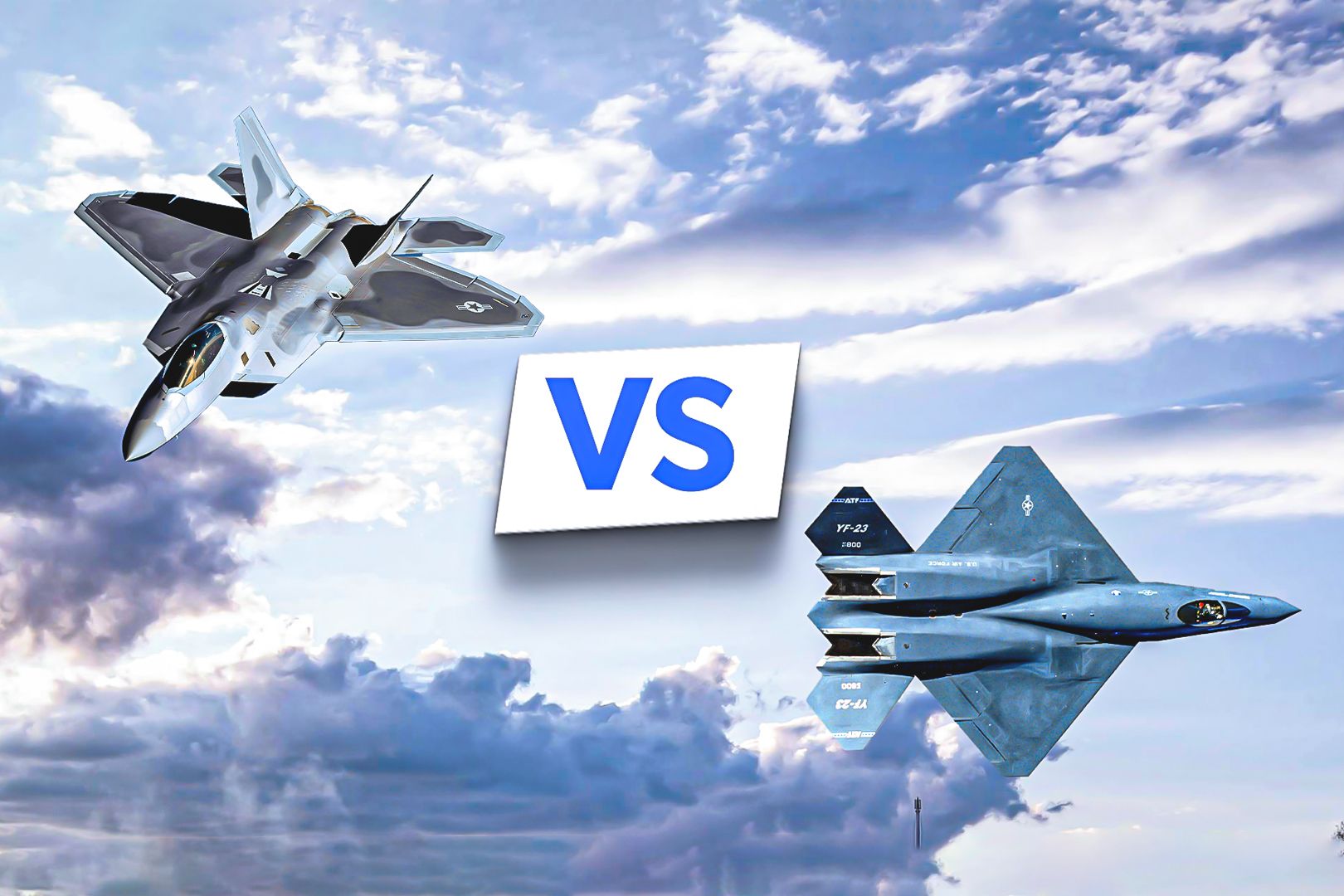
Related
Why Did The USAF Pick The Lockheed F-22 Raptor Over The Northrop YF-23?
The YF-23 had the support of no less than Chuck Yeager. So how did the YF-22 win the DOD contract?
The Department of Defense’s (then) largest cancelation
The US Naval Institute records a leading aviation journal in 1991 as stating, “The A-12 attack bomber is emerging as the most important U.S. Navy aircraft program of the present decade and seems likely to be the last all-new type to enter service with the Navy this century.” However, Secretary of Defense Richard Cheney canceled the program as the piece was being published.
Despite the optimism, the aircraft was found to be overweight, and manufacturing was more difficult than thought. The Avenger II project was beset by cost overruns and delays. Eventually, the project was canceled in 1991. The cancellation led to a long-running litigation, as the government wanted contractors to return some of the funding. The case was not settled until 2014, when the contractors agreed to repay a lower sum.
|
A-12 Avenger II timeline |
|
|---|---|
|
First research work: |
1983 |
|
Development contract awarded: |
1986 |
|
Planned introduction: |
1994 |
|
First flight: |
n/a |
|
Canceled: |
1991 |
The cancellation of Avenger II was the largest project termination in US Defense Department history. The only A-12 Avenger II built was a mockup.
At the time, the Navy also had the F-14 Tomcat and the F/A-18 Hornet, but these were unsuitable for the intended medium attack role to fully replace the aging A-6 Intruders. With its cancelation, the US Navy has never procured a stealth bomber—although the F-35C coming into service is a stealthy multirole fighter. The Navy was left without a true successor to the A-6 Intruder. The F/A-18 Hornet and Super Hornet have since served the attack role.
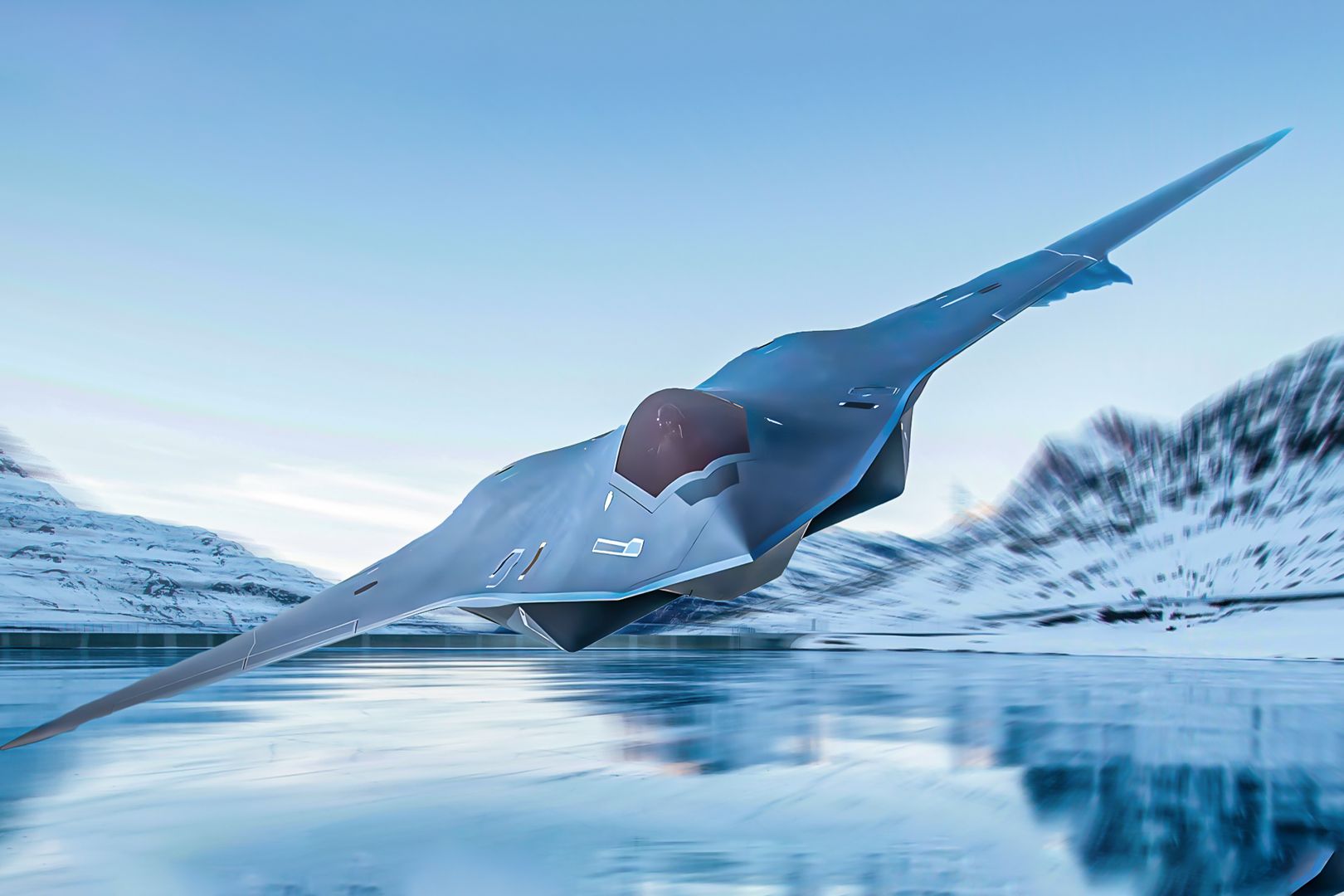
Related
NGAD Is No Replacement For F-22 Raptor: Head Of USAF Air Combat Command
More questions about the sixth-generation NGAD program have been raised after a general said it is not a replacement for the F-22 Raptor.
A cautionary tale
According to the Naval Institute, the “byzantine procurement system Congress had imposed on the Pentagon and the Defense Department’s own self-imposed bureaucracy” were in large part to blame for its failure. As the National Interest puts it, “The saga of the McDonnell Douglas A-12 Avenger II stands as a stark reminder of the complexities and pitfalls associated with developing cutting-edge military technology.”
When it was canceled, the Avenger II was 18 months behind schedule, and the estimated unit cost was a whopping $96 million. By then, some $5 billion had been sunk into the project.
Today, many commentators question whether the DoD has learned its costly lesson in military procurement. While many projects are looking for ‘off-the-shelf’ technologies and products, other projects appear to continue to be in danger. While it may be possible to build effective and capable systems with off-the-self technologies, it is also difficult to create a world-beating platform far ahead of its competition (like the air dominance F-22 Raptor when it was first introduced).
Photo: Mike Mareen | Shutterstock
The much anticipated manned component of the sixth-generation NGAD fighter jet program could also be showing signs of facing a murky future. In July 2024, The War Zone, speaking of the Air Force’s sixth-generation fighter, ran an article entitled “Next Generation Air Dominance Fighter’s Future Increasingly Uncertain.” It also reported that the “Navy’s F/A-XX Next Generation Fighter Program Would Be Gutted Under Senate Defense Bill.”

